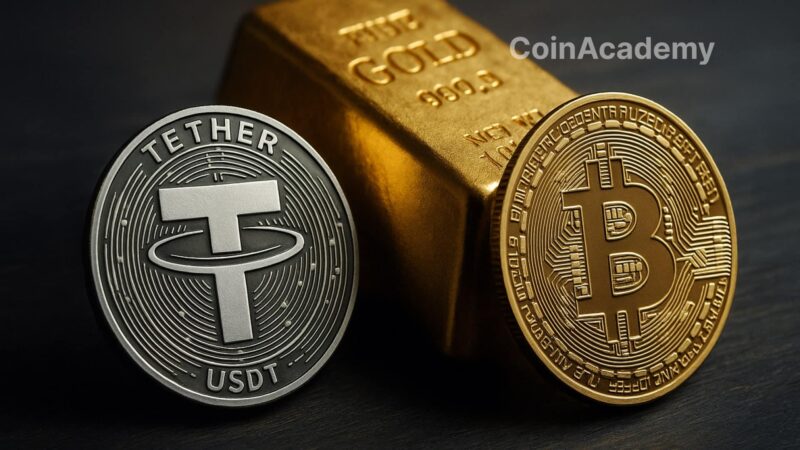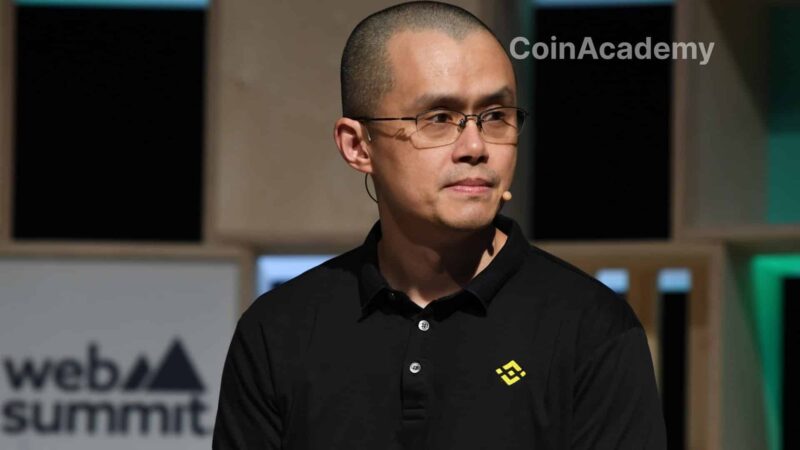Google Cloud is making waves in the global finance sector with its Universal Ledger (GCUL), a Layer 1 blockchain project designed to serve as a neutral infrastructure for major institutions. While Stripe and Circle are developing their own ledgers centered around their ecosystems, Google is taking a radically different approach: providing a common playing field for banks, exchanges, and payment providers.
An Institutional Blockchain Without Borders
Introduced last March alongside the market giant CME Group, the GCUL is primarily aimed at financial players. The goal is clear: to create a ledger capable of supporting global payments, asset tokenization, and markets operating 24/7.
Rich Widmann, Head of Web3 at Google, emphasizes the neutrality of the project. Unlike Stripe building Tempo around its payment empire, or Circle placing USDC at the heart of its Arc blockchain, Google rejects any dependence on a single actor or specific currency.
Any institution can build on GCUL.
Python as the Entry Point
A technical detail could make a difference: smart contracts will be coded in Python, a language already widely mastered by financial engineers and developers. The idea is to lower the entry barrier, whereas other blockchains impose specialized languages like Solidity.
This accessibility fits into a broader vision: transforming GCUL into a trustworthy programmable infrastructure, appealing to both Wall Street giants and emerging fintech companies.
Testing with CME Before the Big Leap
CME Group has already completed a successful initial integration phase. Market participant testing will begin by the end of the year, before a global launch planned for 2026. For CME, the stakes are high: improving margin, collateral, and settlement management as financial markets move toward continuous exchanges.
Terry Duffy, CEO of CME, sees in GCUL an opportunity to reduce costs and streamline value transfers:
This technology can transform the way markets handle collateral and payments.
Stripe, Circle, Google: Three Visions Clash
The battle for the future financial rails is taking shape.
- Stripe Tempo: a vertical extension of its merchant network, seamlessly integrated into its payment flows but limited by its proprietary logic.
- Circle Arc: a blockchain built around USDC, promising record speed and integrated currency conversions, but too reliant on a single stablecoin.
- Google GCUL: a neutral infrastructure designed to accommodate banks, exchanges, fintechs, and asset managers without strengthening a direct competitor.
A Competition to Watch Closely
By choosing a referee role over a player, Google hopes to gain the trust of institutions reluctant to rely on a Stripe or Circle. The question remains whether this strategy will be appealing in practice. The promise is ambitious: a neutral, programmable blockchain tailored for billions of users.
With a launch planned in 2026, the GCUL could become the invisible foundation of tomorrow’s payments and markets.




